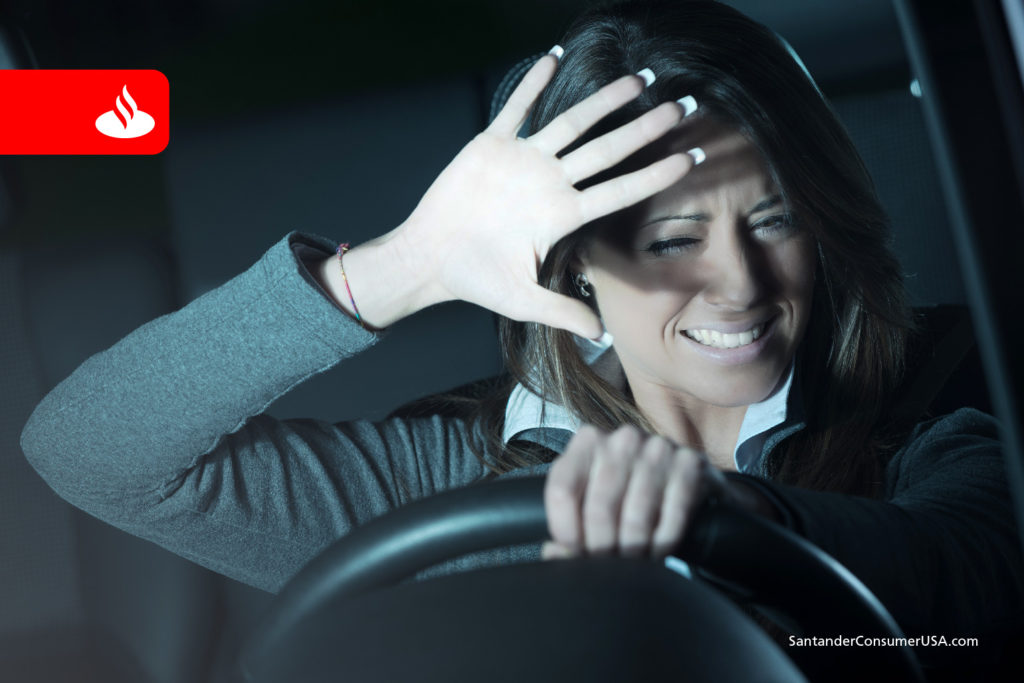We’ve given fear of night driving a name.
Nyctovehophobia.
Now the question is, what do you do if you suffer from this condition?
Ford wants you to buy a vehicle with the latest in pre-collision assist with pedestrian-detection technology, starting with a 2018 F-150 pickup truck or Mustang, to overcome the fear. See Taking night vision and automatic braking to the next level?
But that may not be a practical solution for many car owners who aren’t ready for a new vehicle yet. Or for those who favor another vehicle brand or don’t want to pay extra for the technology.
“Vehophobia or the fear of driving can impact one’s daily life, especially since most of us are dependent on this activity to get by,” suggests FearOf.net, “the ultimate list of phobias and fears.”
“It can affect one to an extent that s/he refuses to go shopping, visit a doctor or even drive to work. Individuals with the extreme fear of driving prefer public transport or request friends or family members to drive them each time,” according to the website.
And the anxieties can be magnified under night-driving conditions.
But there are ways to regain control of your night-driving anxieties, some of which are recommended (or suggested) by the websites such as OvercomeFearOfDriving.org and Driving-Tests.org:
- Practice on familiar streets or roads during the day without a lot of traffic, working your way up to more complicated, demanding driving situations.
- Drive slower than you drive in daylight – but not too slowly – using hazard lights if necessary. And leave plenty of time to get to your destination to reduce anxiety.
- Familiarize yourself with your route before you go using maps or navigation apps, or pre-drive an unfamiliar route when conditions are more comfortable for you.
- Make a point of scanning ahead for pedestrians, animals, bicyclists or other traffic, and use the brightest headlight setting that opposing traffic permits.
- Pay particular attention from 6 p.m. to 8:59 p.m. in January, February and December, the winter months, followed by 9 p.m. to 11:59 p.m. during the summer months of June, July and August. These are the most hazardous times to be on the road for all drivers.
- Use relaxation techniques, such as deep breathing, calming music and/or positive affirmations.
- Bring along someone you trust to provide support and help you while you’re learning.
- Take a driver’s training course to gain confidence in your driving skills.
Of course, if you really want or need that last measure of security, you soon can buy that Ford pickup or Mustang, that is, until everyone else has the same technology.
Which should put an end to nyctovehophobia.



